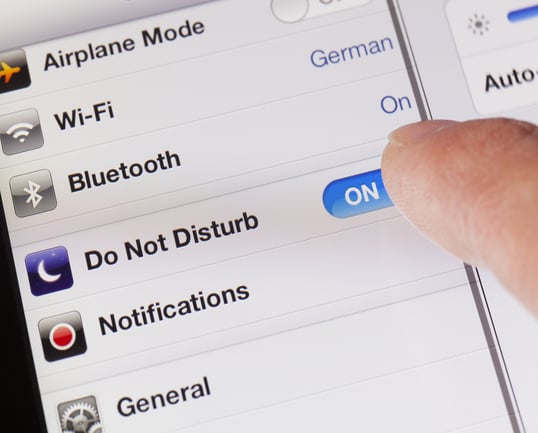
How often do you receive SMS from different companies? And how often do these messages annoy you? Maybe actually it’s not so often, but 1 out of 5 messages may be sent without your agreement and contain information that is not interesting for. And this spoils the picture as a whole.
Today we want to talk about how exactly companies can annoy customers considering the most common mistakes they make.
What can annoy?
The only way to annoy directly is to send a notification. Notifications may be in different forms; push notifications, emails and even SMS messages, etc. Today we will only talk about SMS. Unfortunately, companies quite often send them without the consent of subscribers. They may be a part of an SMS mail-out or sent from a website after you’ve registered there or written a comment.
These notifications have one goal; to get you back into the product. There are different types of messages:
- Transactional messages about the actions carried out on a user profile or triggered by them.
- Communication from another user.
- Direct or indirect reminders about the product to boost client involvement.
Why can this annoy?
In an ideal world, the more often you sent notifications, the more often users would interact with your product. In reality, such tactics can lead to the opposite effect. If you are lucky, the user just turns off notifications. In the worst case, the customer may become be disappointed with you and stop buying your products. The problem of excessive SMS sendouts is associated with transactional and communication notifications.
When sending clients your messages, it is just as important not to annoy them with their quality as with their quantity. Pertinent and well written messages are the best way to attract attention.
Just as flooding clients with excessive volumes of messages can annoy, poor quality messages can also be a source of irritation. Most often, this problem emerges in messages attempting to trigger client involvement. Unlike transactional and communication messages, their necessity is not so obvious to clients. Subscribers receive them because you want to send them SMS, rather than because something has happened requiring their participation. In fact, this is a product advertisement.
So, try to make useful and honest advertising. Otherwise, your customers may be disappointed and, next time, they will be skeptical about your product.
Notifications are just a tool. You need to learn how to use them by yourself and find the “golden mean” for creating good quality and attractive SMS mail-outs. If you could do with some advice, look for it here.





